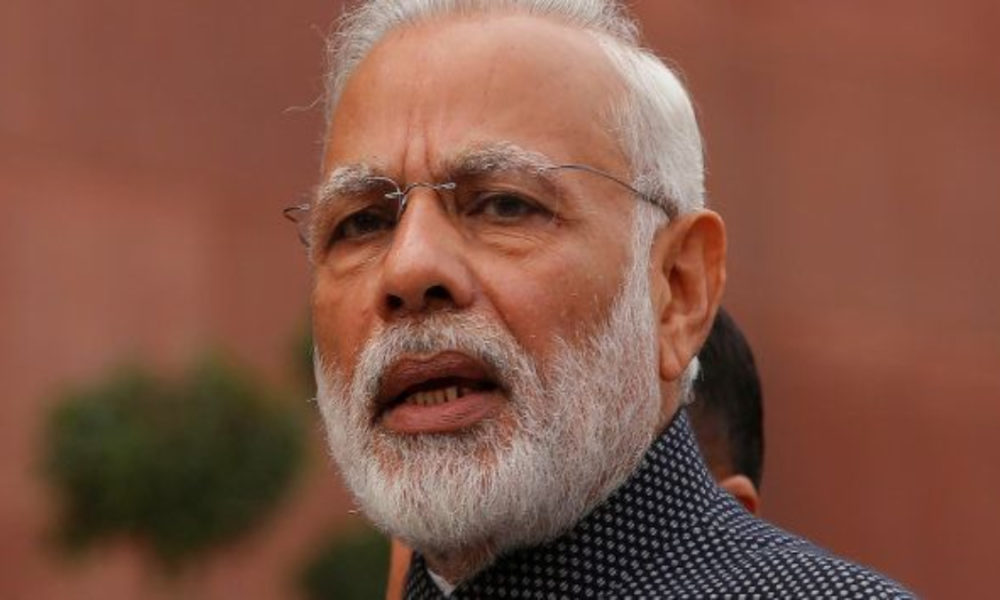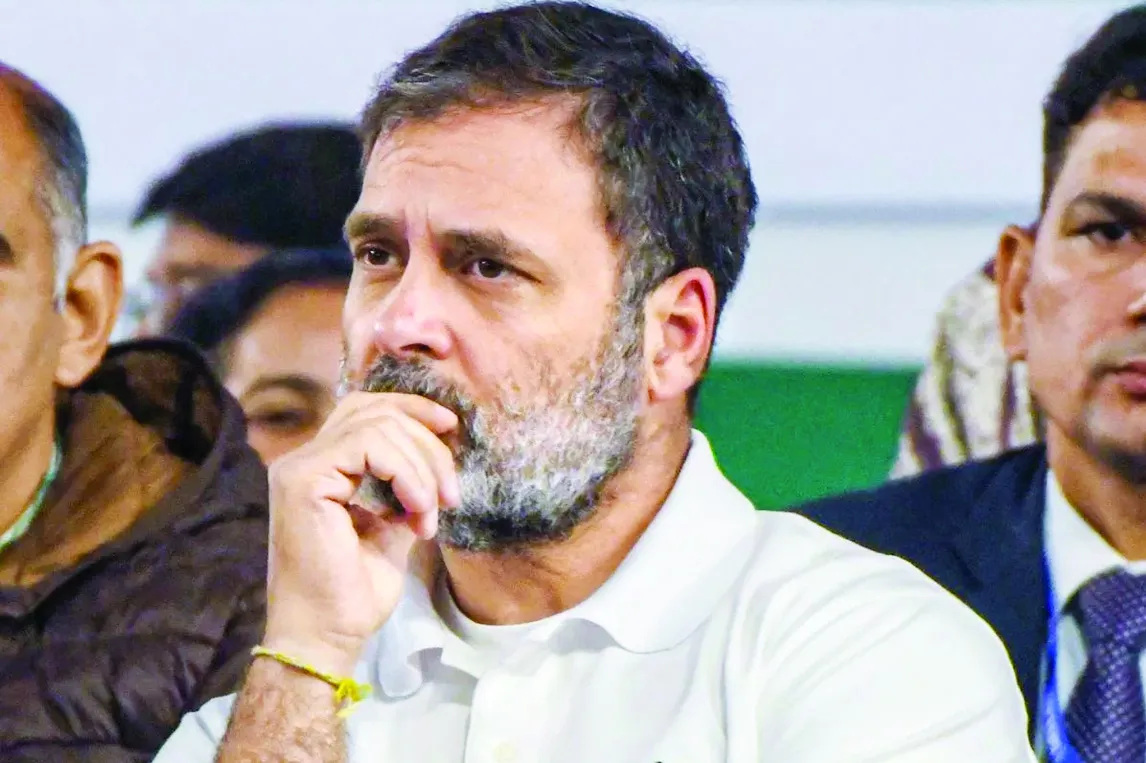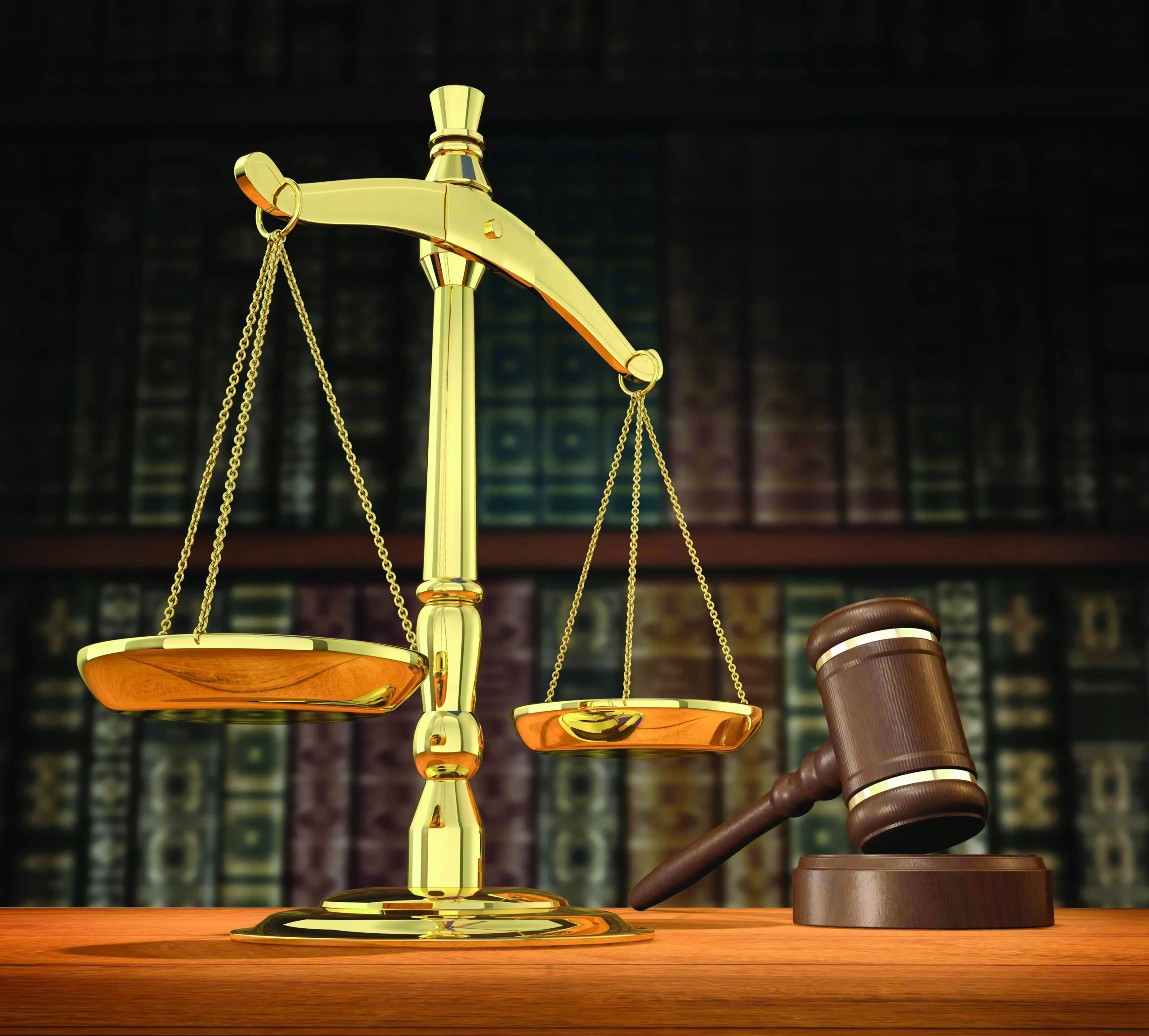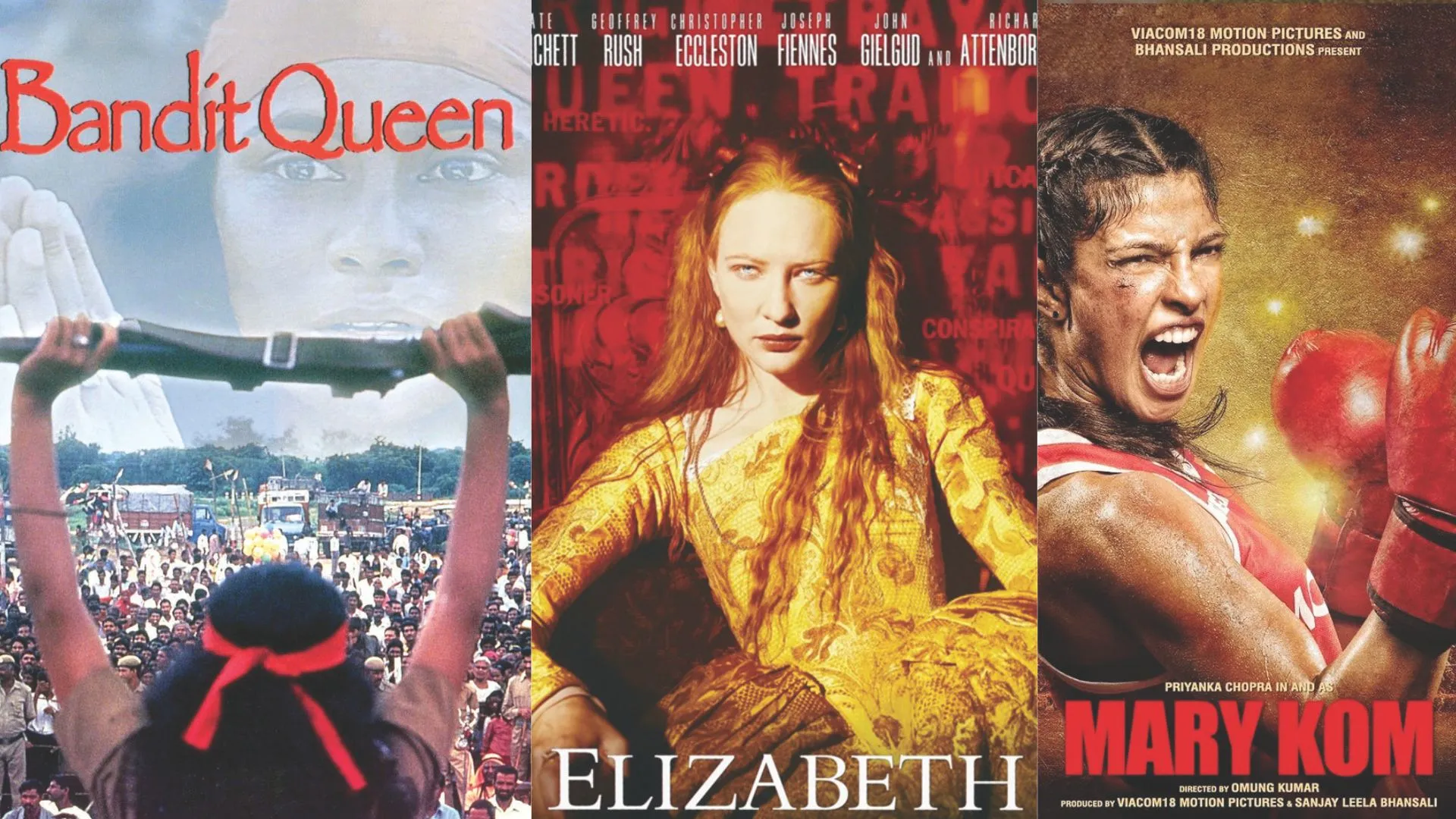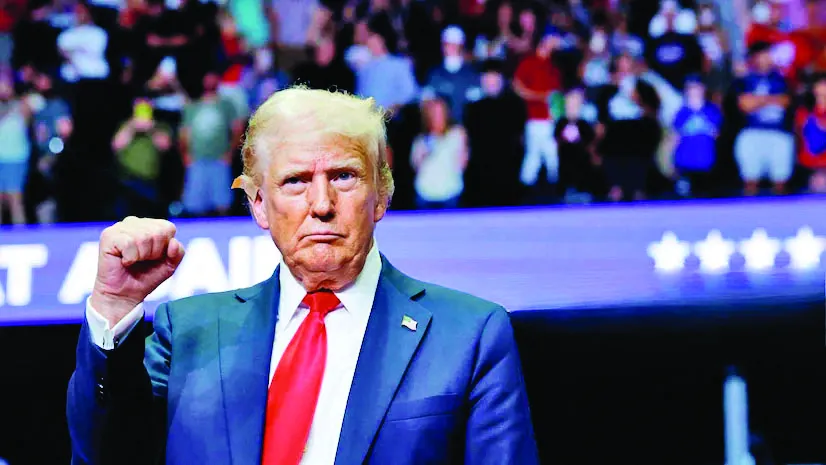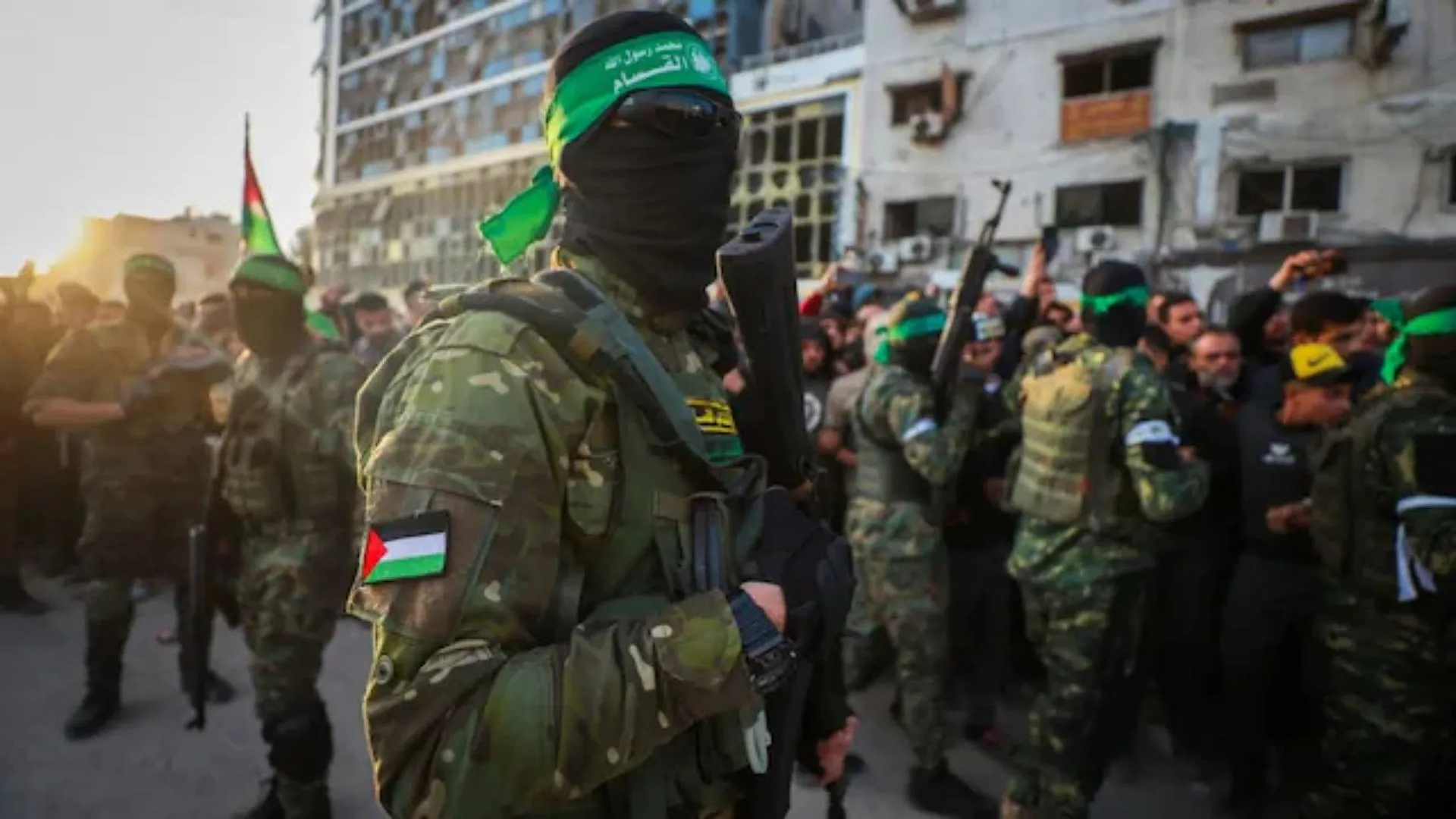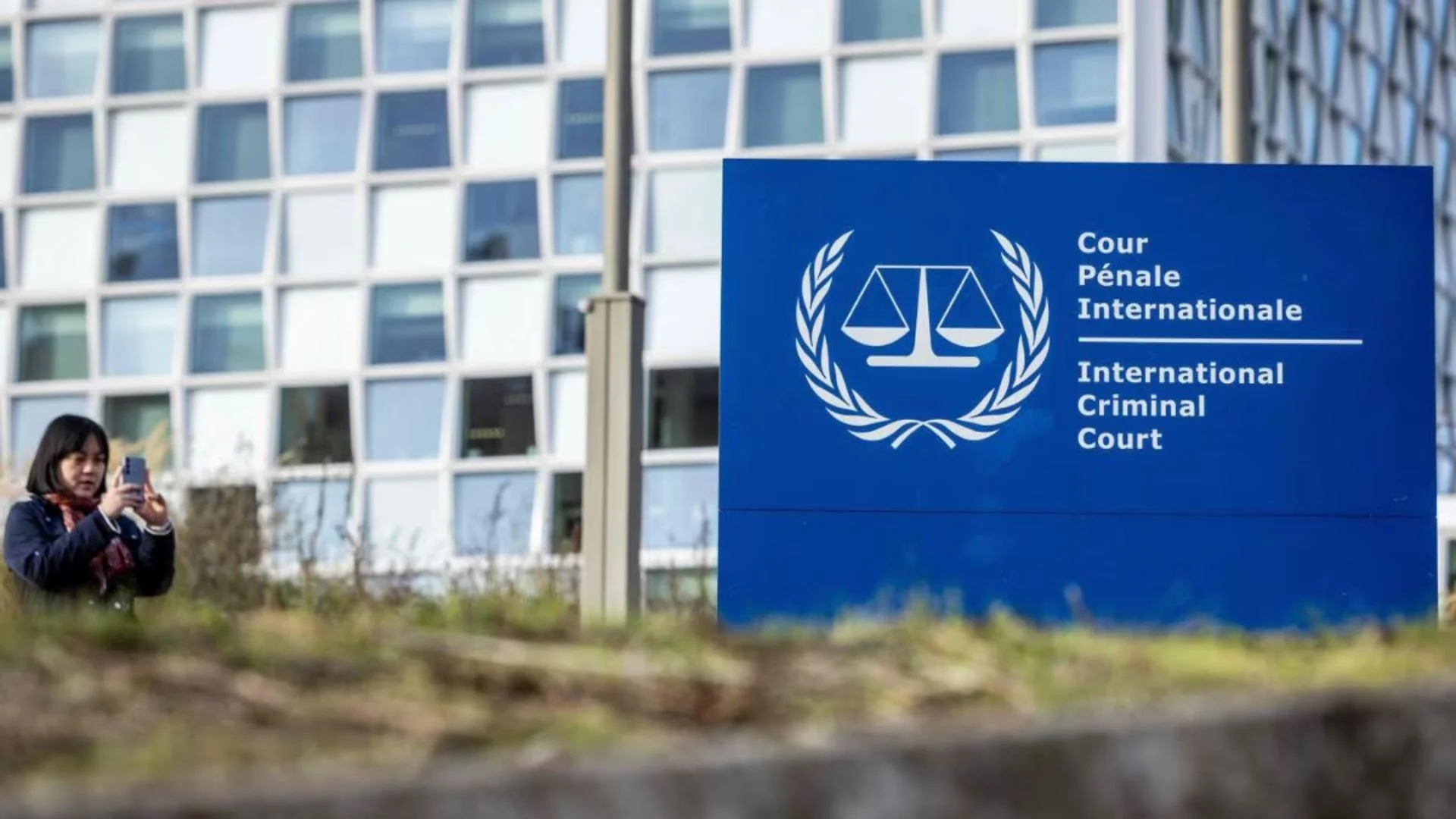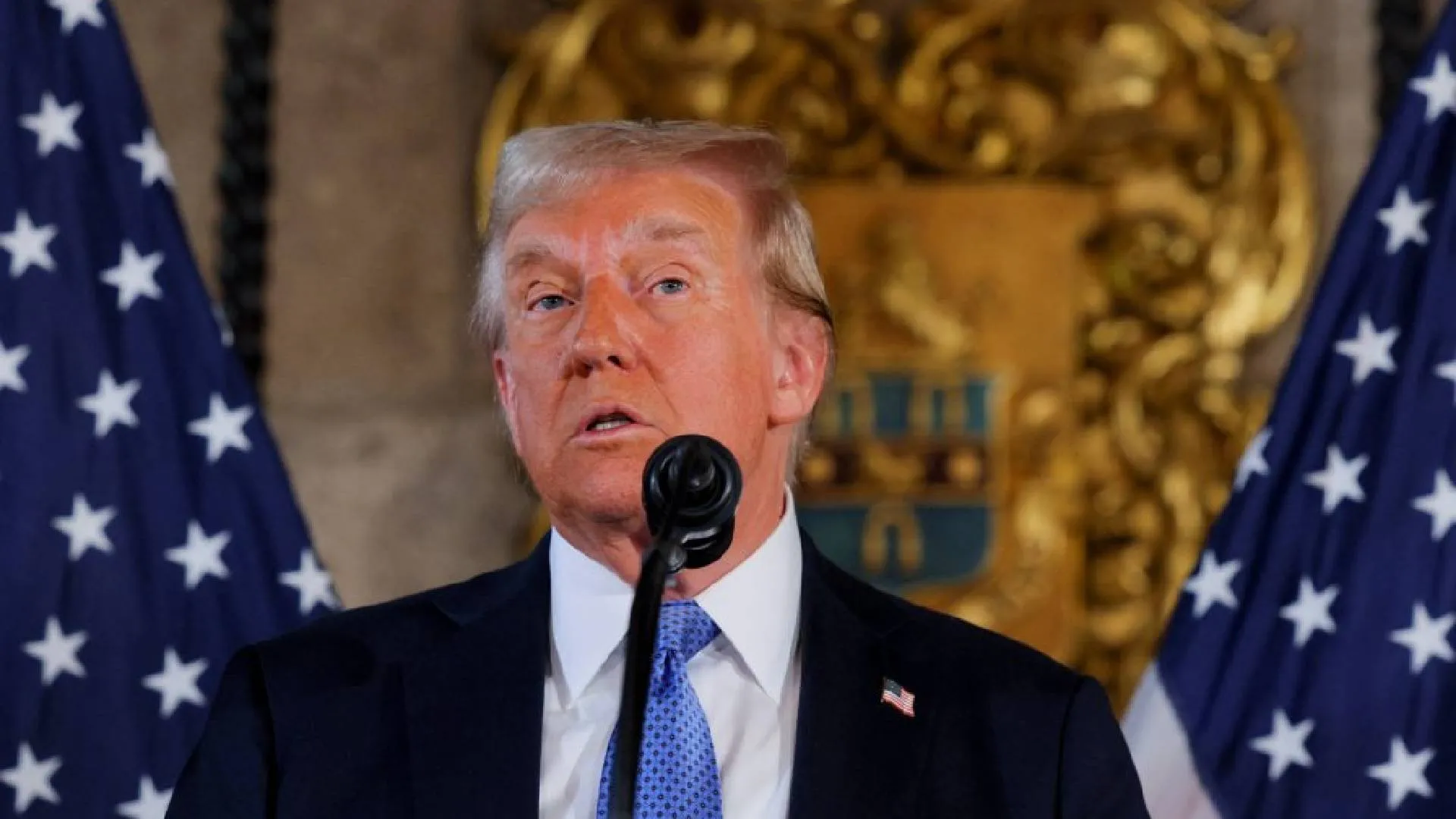“One must understand the nature of all three actions: Akarma (unselfish actions), karma (selfish actions) and Vikarma (wrong actions). The truth about these is profound and difficult to understand.” — Bhagavad Gita
Every action has an equal and opposite reaction! Newton’s third law of motion, learnt during childhood, still reverberates in the memory. The law even applies to government actions. Taking one decision in the government, even after larger consultations and discussions, often leads to unwanted reaction and unassuming aftereffects.
On Covid-19, for instance, the government took a stand in the larger interest of the society, which has given rise to unexpected, unassumed aftereffect in the form of migrants and poor labourers moving towards their homeland. While the government have taken all efforts to reduce the plight of the poor, providing all possible assistance, critics are up in arms showcasing their problems, on screen, offscreen and over digital landscape, and seeking urgent attention of policymakers, implementors and the judiciary. It is essential in a democracy that both these aspects go hand-in-hand in the larger national interests. While appreciating efforts and professionalism of one, it would be sad to demean the professionalism of others.
This is what has happened recently in the Supreme Court, when the Solicitor General referred the critics as the “prophets of doom” and invoked Kevin Carter’s controversial “vulture and panicstricken child” photograph. It is necessary to understand the ethical aspect of the controversial photograph, before moving to the current issue at hand. This may help us in understanding the brouhaha.
In March 1993, photographer Kevin Carter made a trip to Sudan, for his UN-sponsored assignment of Operation Lifeline Sudan. Carter, during his assignment, took a photo of a vulture gazing at a small, starving kid. Careful not to disturb the bird, Carter waited for 20 minutes until the vulture was close enough, positioned himself for the best possible image and chased it away only after the work was done. He had shot one of the most impactful but controversial photographs in the history of photojournalism. The photograph appeared in The New York Times on 26 March 1993, and created millions of impressions worldwide, bringing attention of the world towards the war-torn African region, and empathising people across the world to pour in donations for the betterment of the region. The photograph was awarded Pulitzer Prize for its impact and visible reality, but was later criticised for Carter’s lack of personal and moral responsibility in saving the kid, as Carter didn’t do much beyond chasing away the vulture.
The photographer, did his best, ethically and morally, in the interest of profession and larger society, by communicating reality in the most truthful way, hoping to bring the change by increasing society’s awareness of the world’s injustice. This could be called “Akarma”, as per the Bhagavad Gita’s definition of unselfish action. What he failed in, was his personal responsibility after the professional work was over. He could have helped the kid reach the UN feeding camp, which he didn’t, and that may be considered “Vikarma”, for which he had been criticised.
Such ethical conflicts one faces in everyday life. May it be a profession of journalism, law, medical or even a public office. The personal responsibility doesn’t override professional ethics. The professionals are supposed to fulfil their professional duties first, and then proceed to personal responsibilities. Otherwise, we may not have received realistic images of riots, a legal counsel for the alleged murderer, life saver for a criminal and others. The personal responsibility, in such cases, is often limited to the personal realms, and should not cross the professional space.
The recent episode, in the Supreme Court, whereby the Solicitor General, while emphasising positive steps taken by the government, criticised the critics by making an analogy with the ethicality of Carter’s photo; it requires a serious thought churning.
We all agree that democracy strengthens with constructive criticism and a helping hand from every individual, at least during the hours of crisis. This expectation, in no way, means one is not expected to criticise. It is necessary to understand that today PM-CARES fund boast of receiving more than $1.27 billion and still counting, within a short span of two months, thanks to the charismatic appeal of the Prime Minister and compassionate reaction by fellow countrymen. The similar contributions could be seen vis-à-vis the CM funds. Citizens are extending all possible assistance and helping hands in their personal capacity while fulfilling their professional ethics.
The result of this can be seen on the ground, whereby the government is being helped by NGOs, corporates, individuals, etc, in their efforts of feeding the needy, reducing the plight of the poor, and assisting them reach their near and dear ones.
The gamut of the Covid-19 pandemic had been such that the authorities were not prepared for it. Their timely reaction, in handling the crisis, is not without loopholes, which have been brought to the notice by critics, helping authorities to plug in these loopholes, take necessary corrective measures and march ahead. The use of terminology for these critics as “Prophets of Doom, spreading negativity, negativity and negativity”, should have been avoided as it failed to differentiate between constructive critics who are helping the country in its fight against corona, and a few individuals who are spreading rumours through WhatsApp and digital space.
The “Akarma”, therefore, needs clear differentiation from the “Vikarma”. Rumour-mongering (Vikarma) should be dealt with strongly, but not the constructive criticism (Akarma), which needs appreciation and support. In a democracy, everyone is expected to contribute constructively. Therefore, let critics do their job, while administration too must be allowed to do its work. It would be sad if a professional work is remembered for its criticism and not for the purpose it is serving. Won’t it be hugely unfair if Carter’s photograph is just remembered for its ethical controversy, and not for highlighting the human tragedy in Africa?
Santosh Ajmera is the Joint Director with the I&B Ministry, Govt of India, and an author of the book, ‘Ethics, Integrity and Aptitude’, published by McGrawHill Publication. Views are strictly personal.

